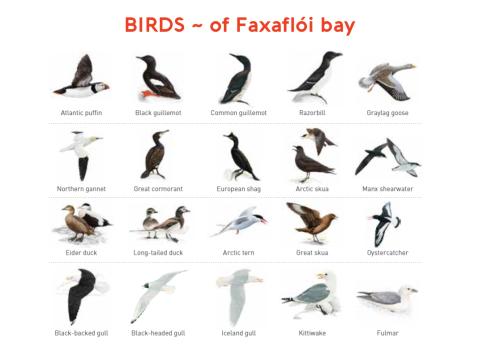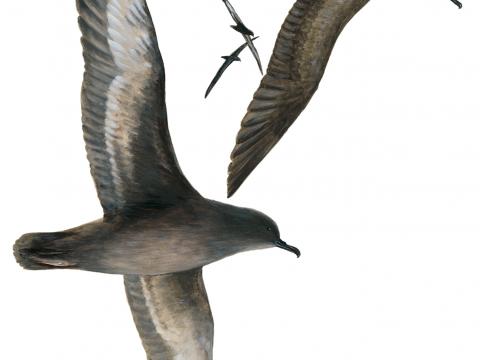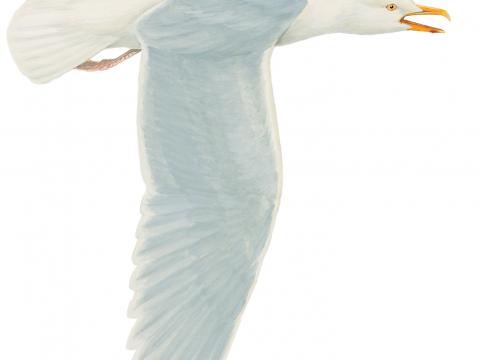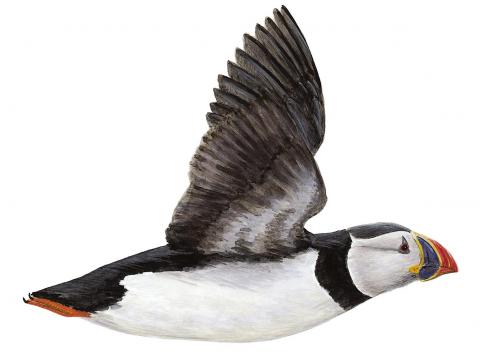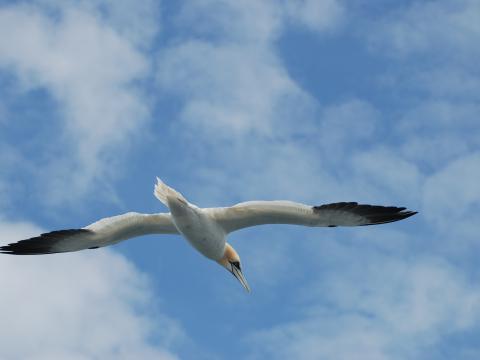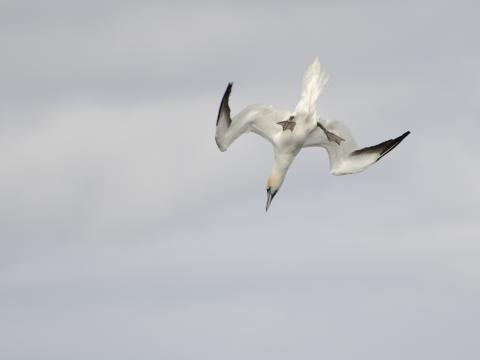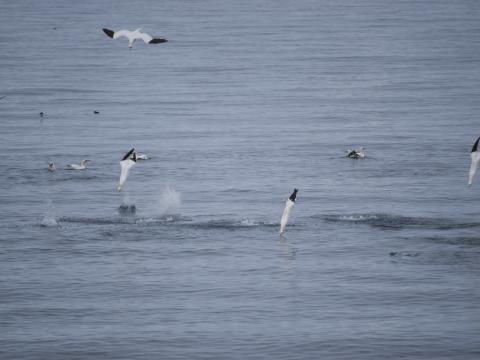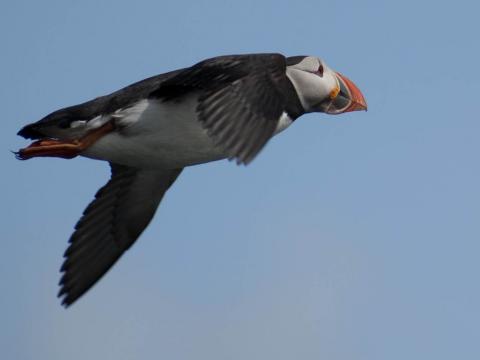Seabirds are an important part of every whale watching tour and they often guide us to the whales. During the summer months the puffins make a spectacle of themselves as well as the gannets, fulmars, guillemots, skuas, arctic terns and many more. The winter birdlife is not so diverse but it is nice to see certain species in areas that you wouldn't normally see.
-
Image
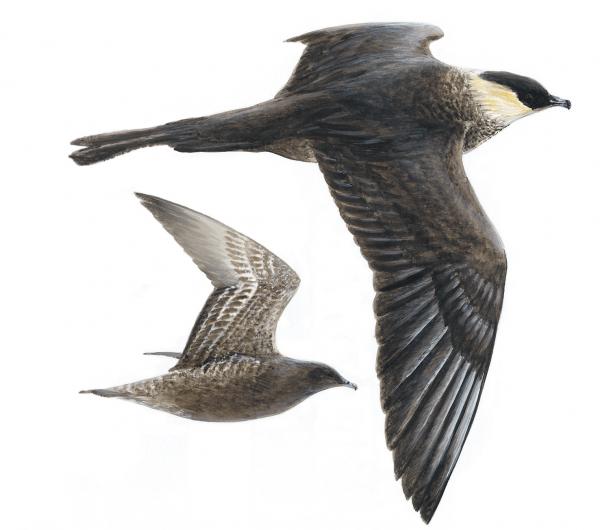 Read more...
Read more...The great skua is a lot stockier than the arctic species and easily recognizable. We don’t see the great as much as the arctic skua but we still observe them often especially in the summer when thousands of seabirds flock and cluster together to feed on the abundance of food.
-
Image
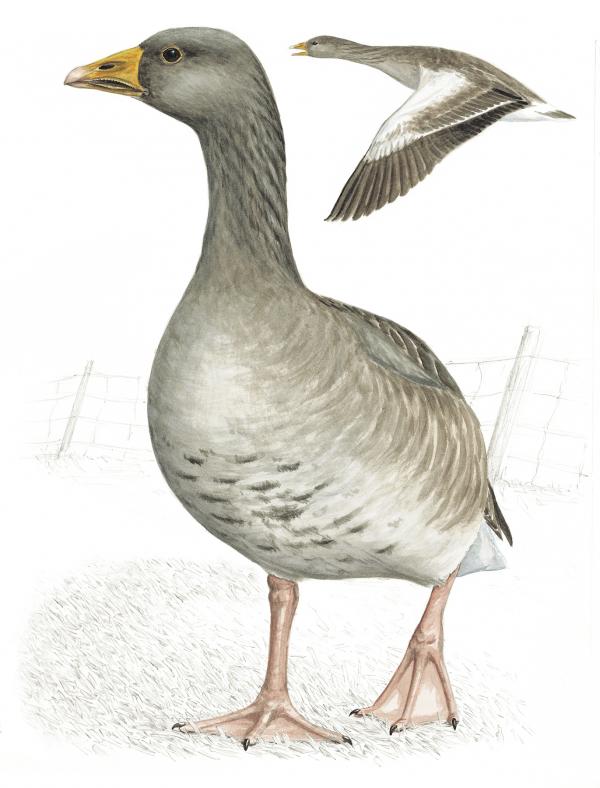 Read more...
Read more...These are frequently seen on the two Puffin colonies we visit Lundey/Akurey. When in flight they are usually in their V or line formation taking turns to lead. This formation that geese fly in is thought to reduce drag or air resistance thus making it more aerodynamic and allows them to fly long distances will little effort.
-
Image
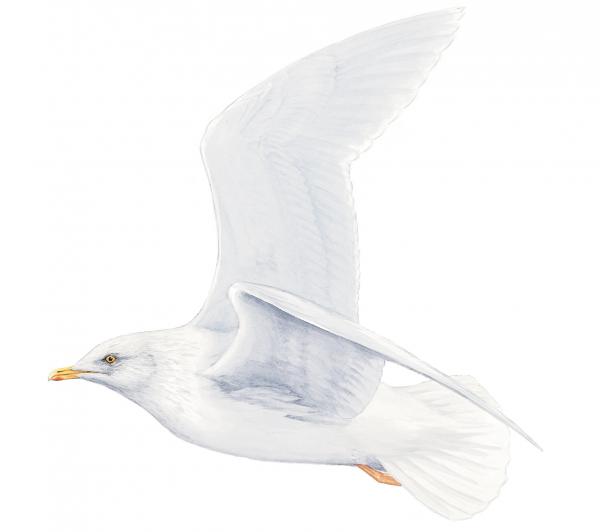 Read more...
Read more...They are a winter visitor and despite its name the Iceland gull doesn’t breed in Iceland. They breed in the Arctic areas of Greenland and Canada. They look like a smaller version of the Glaucous Gull but they have a smaller bill and rounded head compared to the Glaucous Gulls flatter head.
-
Image
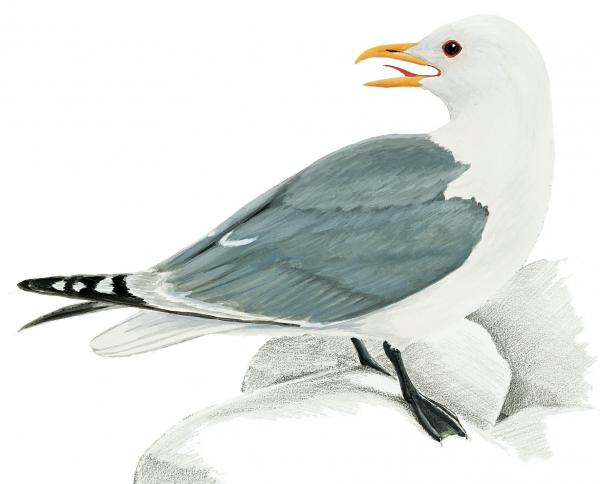 Read more...
Read more...There are two species of Kittiwake the Red-legged Kittiwake and the Black-legged Kittiwake. In Iceland we only have the Black-legged species so they are just called kittiwake. They nest on ledges of cliffs and rocky islands with usually a variety of other seabird species.
-
Image
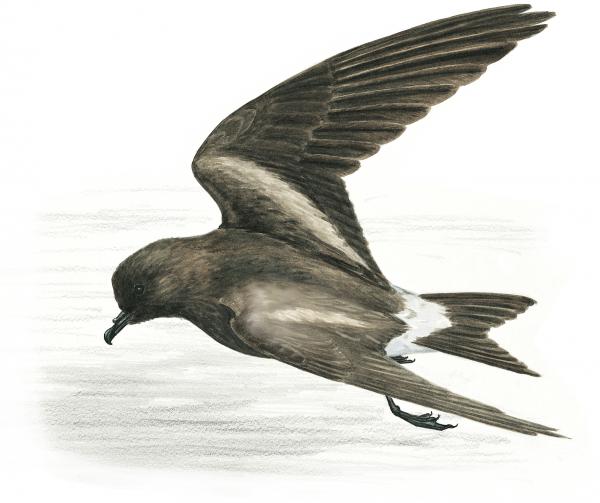 Read more...
Read more...Petrels are part of the tubenose family of seabirds, which also include the fulmars, albatrosses and shearwaters. These are very small birds that you usually see flying fast by very close to the water's surface where the air currents are strongest. We mostly see them when departing from hafnarfjörður, Keflavík or Grindavík harbours.
-
Image
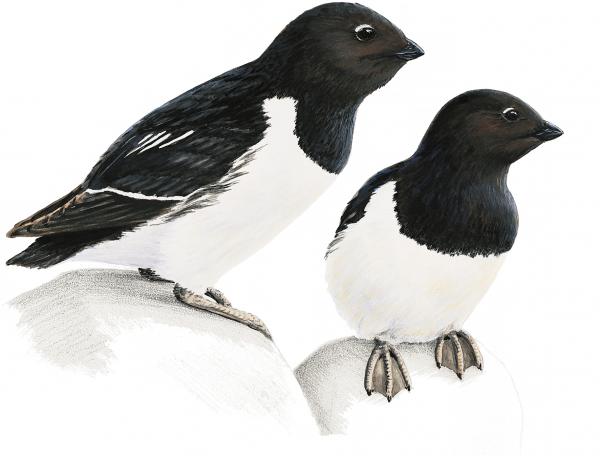 Read more...
Read more...This little Arctic seabird was once a common breeder with hundreds of pairs breeding in various places in N. Iceland for example Grímsey Island but since 1900 they have declined greatly, probably due to climate change. A couple of pairs may now breed here but where is unknown.
-
Image
 Read more...
Read more...These sea ducks are mainly found in the north of Iceland however occasionally we see them on our tours in Faxaflói Bay usually January to March time. They are very gregarious especially in the wintertime when you may see them in aggregations of hundreds even thousands.
-
Image
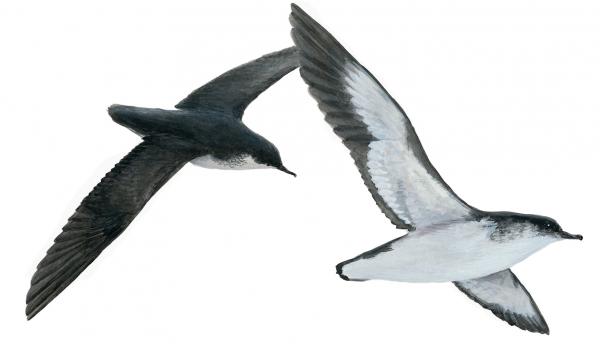 Read more...
Read more...The Manx Shearwater is a close relative of the fulmar (Procellaridae). They are usually seen in large flocks. They mainly glide on the air currents rather than flap their wings usually close to the waters surface. They are long lived getting as old 50 years. In 2003/2004 a Manx Shearwater in Northern Ireland was recorded as the oldest known wild bird getting to 55 years old.




